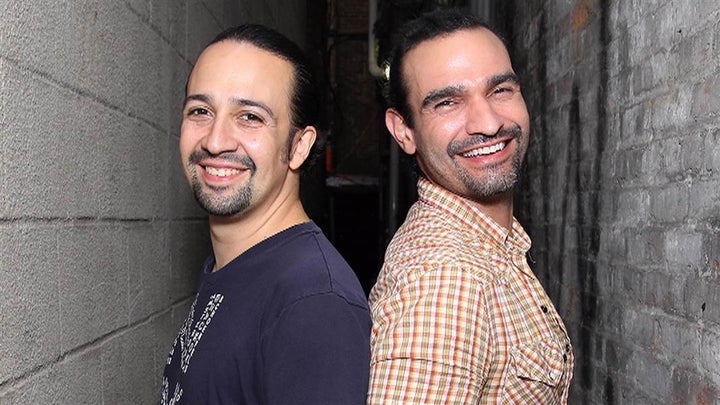
As 2017 comes it a close, I reflect back upon the never-ending political charcuterie board that is President 45’s first year in term, full of rotten meats, spoiled cheeses, and cornichons without a single crunch. But despite this seemingly never-ending story, I spent my year crazed in a different element. After four completed projects in this role, I want to pay some serious #homage today to the unsung hero that is:
The American Theatre Understudy
If you don’t know what I’m talking about, it’s chill. Lemme break it down. In many, many theatres across the country, most plays and musicals will hire people, a.k.a ‘understudies,’ solely to learn one or multiple roles as a cover for the actors already cast in those roles. That understudy must then be prepared to play that role at a moment’s notice, should the primary actor who plays that role gets sick, has an emergency, books a TV show, etc. And as fate would have it, I spent all of my 2017 theatre involvement as… the understudy. How’d you guess? Some call it scary. Some call it not worth it. My college friend called it “selling out.” I called it an important learning experience.
I can’t imagine that too many people dream of being an understudy. Why would you want to learn a role and then possibly never play it? Well, there’s a few good reasons. Being an understudy can really open the theatre possibilities of Pandora’s box. My first understudy offer this year was at a large children’s theatre in Chicago. I had never worked with the theatre or director (who I’m a big fan of) before and thought it would be a good idea. I covered three roles in the show. Mind you, this was also a show where all the actors played their own instruments. So I found myself covering these three roles, or tracks, and also covering five instruments. It was overwhelming, but it happened and I felt confident enough.
At the end of this production, I got an offer to understudy an Irish play with a cast that included one of my favorite actors in Chicago and a director I really respected. After just covering an hour-long children’s production, I thought I’d be fine. But glancing at the script, I knew I was in for some stress. The play was nearly three hours long, and I was covering two tracks, with at least one of those characters in almost every scene. Even though I mostly observed in the back dark shadows of the theatre creepily mouthing lines, I definitely felt some anxiety from this one. The accents were real, the relationships were fierce, and the play was lengthy. It felt like a lot to take on with few rehearsals. For the seven characters, we had five understudies, which meant there was always some sort of gap in our rehearsals. The play continued on, and no understudies went on. (Too bad, because our understudy rehearsals were LIT!)
A month go by, and I got an email out of the blue asking if I’d be interested in understudying at the same children’s theatre from earlier in the year. I didn’t have a theatre gig booked for that part of the year, it paid decently, I liked the production and company associated with it, and thought why the hell not? Well, this started to spark some thoughts.
I had just spent the first half of the year learning 5 total roles, of which I didn’t go on for any of them. Sometimes as an understudy, you can feel a bit invisible. You can put in a lot of work and effort and never get to reap the benefits, and you don’t really know what you’re working towards. With all the valid craziness of a production, you can sometimes feel like you are the last concern. It can be frustrating and a little disheartening. I thought hard about whether I thought this would be the right opportunity for me. Given that it was a different challenge, a brand new theatre space, and a really positive work environment, I said yes.
Well, this turned out to work in my favor. In the last week of the production, I got a late night email from the stage manager that one of the actors I covered had no voice, and it was likely I would go on. I woke up the next day (aka not really because I was thinking about the show all night), arrived at the theatre, and was greeted by the warmest people and many helping hands. When you’re an understudy, you can feel like no one notices you. But when you go on, you are the center of attention. Everyone asks what you need and then DELIVERS IT (shout out to Ari, Lizzie, and Allie). You are suddenly thrust into attention, but you don’t have time to internalize it because everything simply moves too fast. The show happened, and everything went fairly smoothly. The morning of anxiety was all worth it.
But bigger than that, the entire YEAR of anxiety was worth it. Being an ongoing understudy wasn’t my goal for the year. But it reaped some dope rewards. I was introduced to multiple theatres. I got to observe multiple wonderful artistic processes. I met some wonderful artists whom I hope to work closer with in the future. And I even got to share my work once.
Being an understudy isn’t always fun and sometimes feels thankless. But it’s an important job that somebody always needs to take. And in the end, EVERYONE feels insanely thankful for you. You will play the part one day. And when you do, remember to say whaddup to your understudy (and maybe give them a cupcake).
